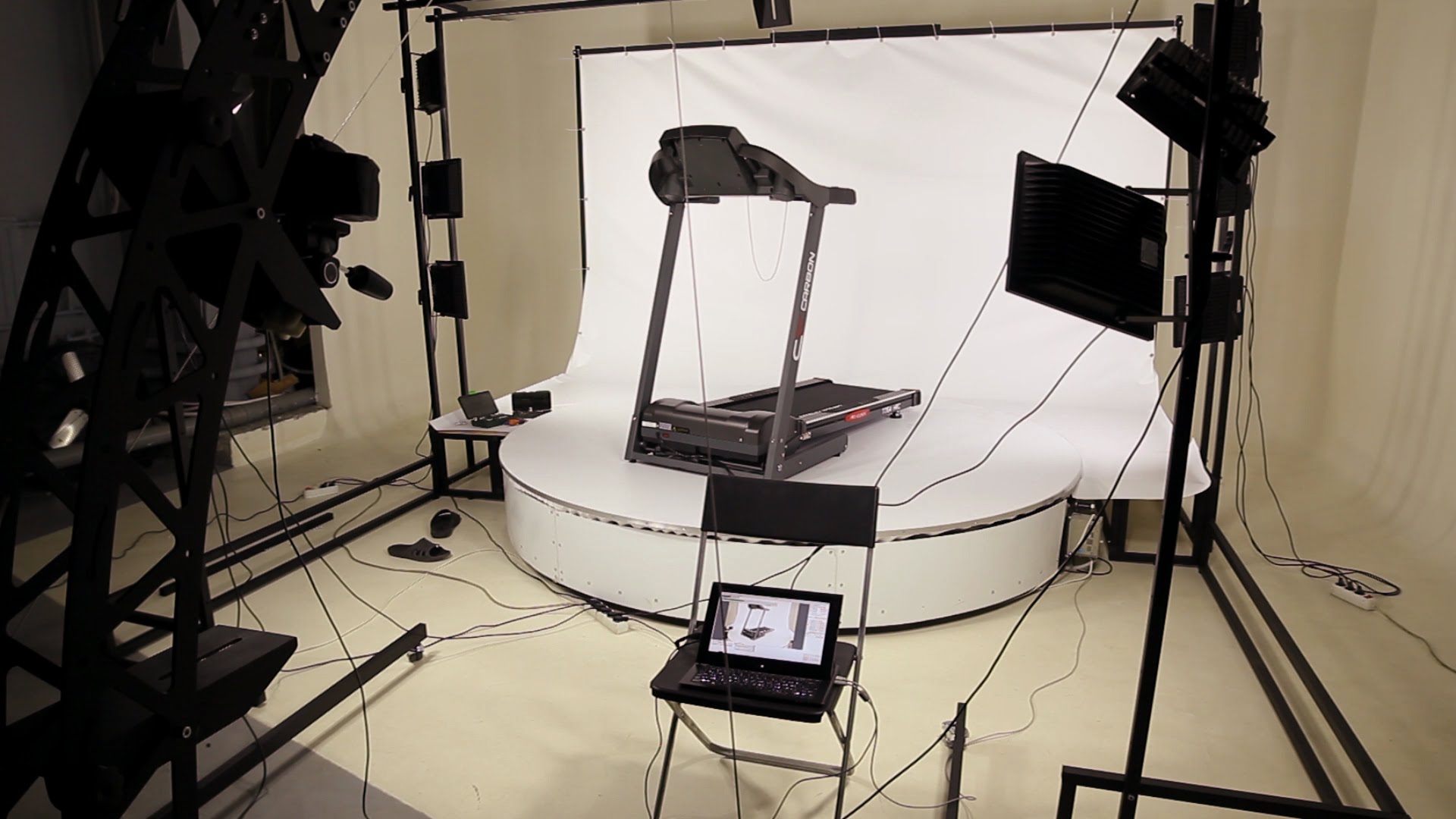The Role of Drones in Enhancing Photogrammetry Accuracy and Speed

Drone integration has transformed the way professionals collect and analyze geographical data in recent years. These unmanned aerial vehicles, which provide previously unheard-of accuracy and efficiency, have revolutionized photogrammetry services in Los Angeles for sectors needing accurate measurement and mapping.
With this technological synergy, professionals can produce intricate 3D models, topographical maps, and geographical analyses with exceptional accuracy and a considerable reduction in project timeframes. Let’s explore the role of drones in engaging photogrammetry accuracy and speed in detail.
Enhanced Data Collection Efficiency
The process of gathering photogrammetry data has been significantly expedited by drones. While drone platforms can capture hundreds of high-resolution photos in a single flight, traditional ground-based photogrammetry techniques may take days to cover huge regions. Rapid data collecting has a direct influence on decision-making procedures and project schedules, making this efficiency especially useful in time-sensitive projects.
Superior Accessibility to Challenging Environments
Photogrammetrists can reach previously difficult or dangerous regions without endangering worker safety. It is now possible to photograph steep terrain, fragile structures, coastal erosion zones, and disaster regions in detail from a safe distance. Regardless of the intricacy of the terrain or safety considerations, this feature is especially useful for aerial photography for construction in Los Angeles, where thorough site documentation is essential.
Increased Data Resolution and Accuracy
With the ability to record photos with resolutions up to 100MP, modern drone-mounted cameras provide ground sampling distances (GSD) of less than 1 cm/pixel. The positional accuracy of these platforms is within 1-3 cm when paired with RTK/PPK GPS systems. With this precision, photogrammetrists can produce incredibly accurate 3D models and orthomosaics that outperform conventional techniques in terms of geometric correctness and detail.
Cost-Effective Operation and Scalability
The operational expenses of drone photogrammetry are much lower compared to conventional techniques. Data that formerly needed several surveyors and costly equipment may now be collected by a single drone operator. High-quality photogrammetric documentation is now economically feasible across a range of project scopes and sectors due to the technology’s effective scalability from small residential projects to large infrastructure undertakings.
Advanced Visualization and Analysis Capabilities
Photogrammetry software combined with drone-captured imagery produces strong visualization tools that improve project analysis and communication. In addition to performing volumetric calculations, teams are able to produce realistic 3D models, extract accurate data, and provide captivating visualizations. This skill has revolutionized aerial cinematography in Los Angeles, where precise spatial modeling enables the realistic pre-visualization of complex shots.
The Bottom Line
Drone usage in photogrammetry indicates an important shift in the way spatial data is collected and processed. Photogrammetry services in Los Angeles will use these aerial platforms more and more to provide quicker, more precise, and more thorough spatial documentation as technology and regulatory frameworks evolve. Drone photogrammetry is now not only beneficial but also necessary for professionals aiming for the highest standards in measurement science to retain technological excellence and a competitive edge.
FAQs
In Los Angeles, what kinds of weather are best for drone photogrammetry?
The optimum weather is clear, overcast days with winds of less than 15 mph. Los Angeles’s plenty of sunshine and low humidity make it the ideal place to take pictures all year long.
For large-scale photogrammetry projects, how much time can drones save?
When compared to conventional techniques, drones usually cut down on data collecting time by 60–80%.
What degree of precision may customers anticipate from drone photogrammetry services?
Los Angeles providers of RTK/PPK-enabled drones give vertical precision of 3-5 cm and horizontal accuracy of 1-3 cm, which is equivalent to traditional survey-grade equipment.
In comparison to conventional techniques, how do drones enhance the monitoring of construction progress?
Drones offer thorough weekly or daily site documentation, facilitating as-built comparisons, timeline verification, and accurate volumetric calculations that are just impossible with land approaches.
Recent Posts
- The Importance of Aerial Photography in Construction Progress Monitoring
- Do Your Real Estate Listings Underperform? Here is Why Aerial Photography in Los Angeles is the Solution
- Should You Add a Drone to Your Wedding Photography Package?
- Why Are Businesses Choosing Aerial Coverage?
- How Much Does Drone Photography Cost in LA?
- How Businesses Elevate Their Story With Aerial Visuals?
